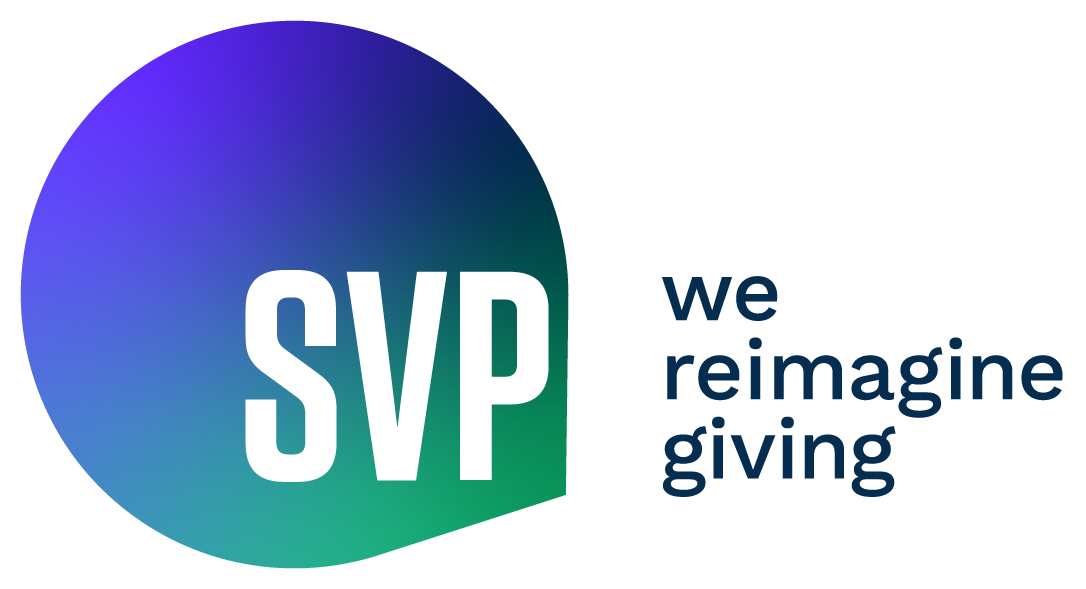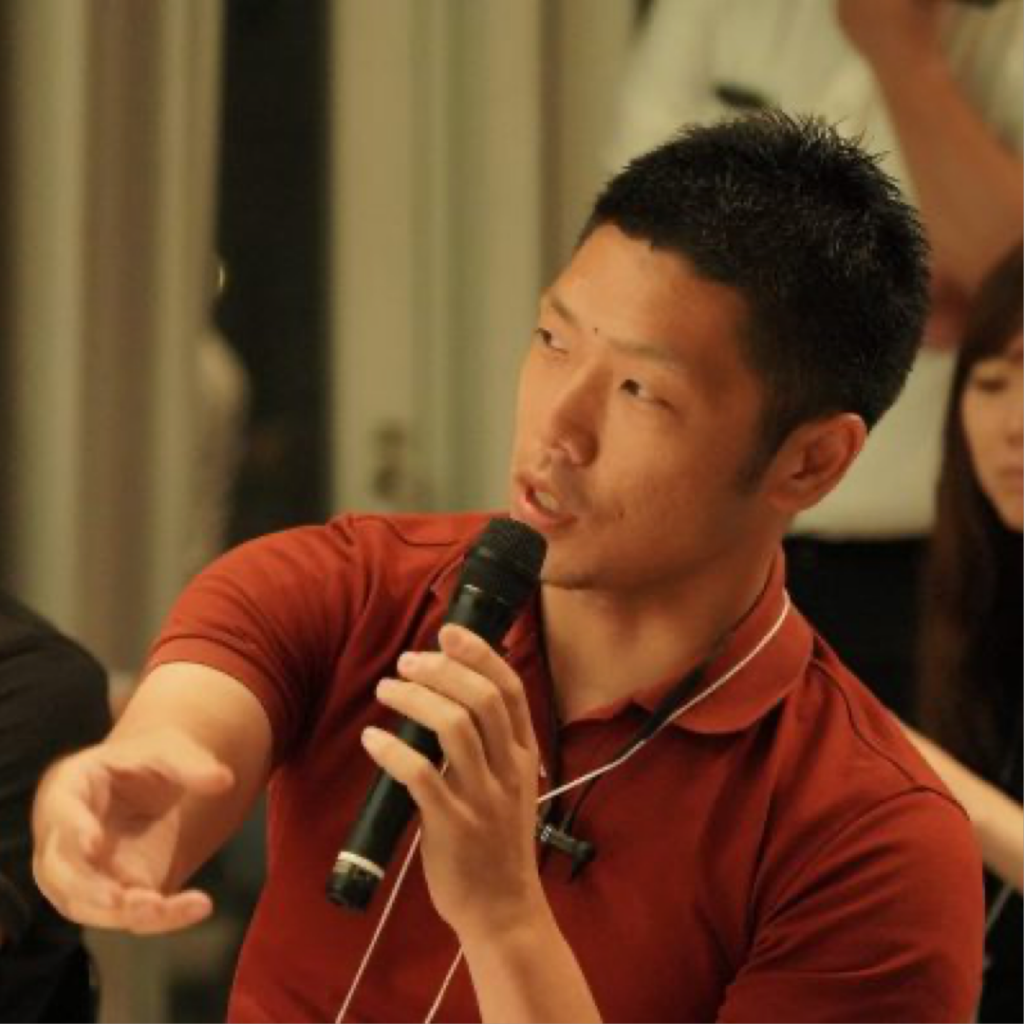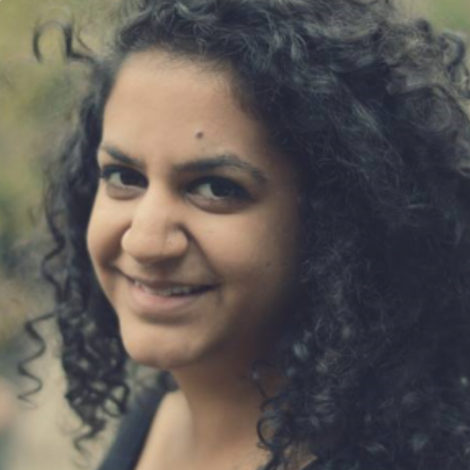Why collective action is key to effecting systems change
Looking to have upstream and systems changing impact with philanthropy?
Looking to have upstream and systems changing impact with philanthropy?
Hear from Social Venture Partners International’s CEO, Sudha Nandagopal and Grantmakers for Effective Organizations‘ CEO, Marcus Walton about the importance of collective action in effecting philanthropic systems change.
Three key takeaways on why collective action is key to effecting systems change as we reimagine giving.
Takeaways and comments below are a synthesis of comments from Sudha and Marcus in their dialogue
1. Collective action requires people having shared values.
Collective action is an opportunity for us to practice the world that we’re trying to create. We often take for granted that we live in societies with many different types of people. All of whom have their unique perspectives and needs. To create a world that works for everyone, we must learn how to come together and act as one.
Sudha Nandagopal, CEO of Social Venture PartnersThe problems that we’re facing right now are bigger than any one individual. So our solutions have to be bigger than any one individual.
How do you work with others if you have different goals or missions?
Zoom up a level and start with understanding shared values.
Sudha Nandagopal, CEO of Social Venture Partners InternationalMy parents were recent immigrants when I was growing up, and they always took pride in helping others. They would never hesitate to invite [new immigrants from India] over for dinner and connect them with the small but close-knit South Asian community. This is an example of collective action: working together, and sharing knowledge and values to make things easier for everyone involved.
Shared values are the foundation for trust, and joy, and can define the extent of collective action. If we don’t talk about these things, it can make it hard to have a good relationship. Make sure to center collective action efforts on shared values.
Examples of collective action
Collective action happens when individuals join forces to achieve something bigger than what they can accomplish alone. It can take many forms, from organizing on a larger scale to passing legislation to smaller acts of mutual aid and community support. For example,
- A group of people may come together to fix a park in their neighborhood.
- Neighbors helping farmers, who traditionally sell flowers at the farmer’s market, distribute their flowers and make sales during the pandemic.
- Giving circles and donor networks (like SVPs) that bring individuals together to collectively pool their funds. Working together with shared values, we can invest more resources than any one donor could alone.
2. Collective action enables people to share their expertise and knowledge generously.
One of the key elements of successful collective action is setting aside individual identities and power when gathering people together. To embrace the power of collective action, we need to become aware of the power that everyone brings into the room. It’s not just our talents and resources – it’s also our networks.
We see results when people come together and harness all of that power collectively. That way everyone can truly benefit and shape the future in meaningful ways. This shift requires us all to work together — not simply talking around a table but actively contributing and listening in a harmonious dialog.
Through collective action, we can create a more fair distribution of power. This is how we build lasting systems of justice.
How can you make collective action more inclusive?
There isn’t one easy answer. Start with your commitment to making changes in your culture. Creating an inclusive environment requires more than simply putting people from different backgrounds in one room. It also requires building strong, long-term relationships with members of the community.
Marcus Walton, President and CEO of Grantmakers for Effective OrganizationsI want to create welcoming conditions that develop a pipeline for that next generation of multicultural, multiethnic, civically engaged active leaders.
Making real change requires creating an environment where tables are built with power dynamics in mind and where different perspectives are valued. It means examining your own biases and being willing to change the way you share power, think, and act. Change isn’t an event. It’s an ongoing process.
Sudha Nandagopal, CEO of Social Venture Partners InternationalIn these moments, it’s essential to consider both our influence and who might feel uncomfortable in the room to be an effective facilitator of comfort. By understanding this component of collective action and taking responsibility for our role in it, we can move beyond the boundaries of what traditionally makes us feel stuck.
3. Collective action moves more resources and creates more impact.
Donors and philanthropists can individually contribute critical funding, but there’s much more impact with a collective action model. Collective action is about connections and mutual understanding among us all.
Marcus Walton, President and CEO of Grantmakers for Effective OrganizationsThe dollars matter, but they are not the entirety of the equation. Our ideas can’t come from a toolkit.
Donors play a vital role.
Donors can:
- Provide the financial resources that are necessary to get things off the ground and sustain momentum.
- Bring people together to collaborate and mobilize more resources.
- Share their time connections and networks, including responding to asks from the organization to influence public opinion and policy efforts.
- Make a significant impact on a given cause by giving one’s time, treasure, and talent.
As donors, we can choose to support projects collectively by pooling our funds and leverage our resources alongside others (like giving through a local donor network such as SVP or participating in the Reimagine Fund). Once we’ve written a check then we have an opportunity to do more – sharing our time, ties and talent to make those funds go even further.
Collective action is key to how we reimagine giving.
Change happens collectively. There are many ways to get involved.





